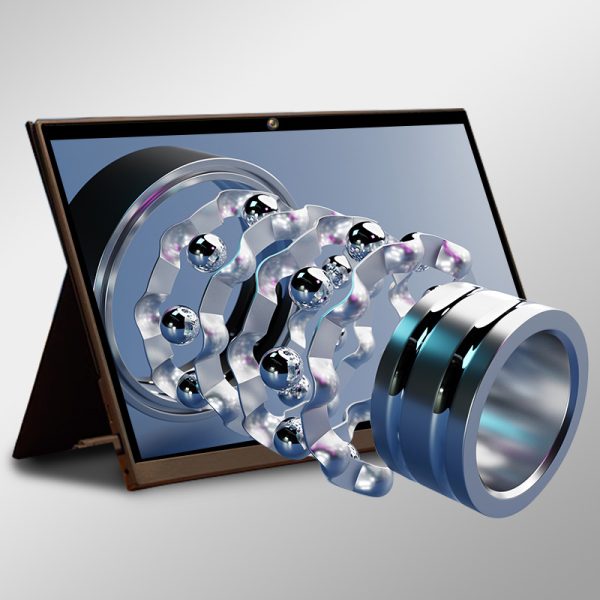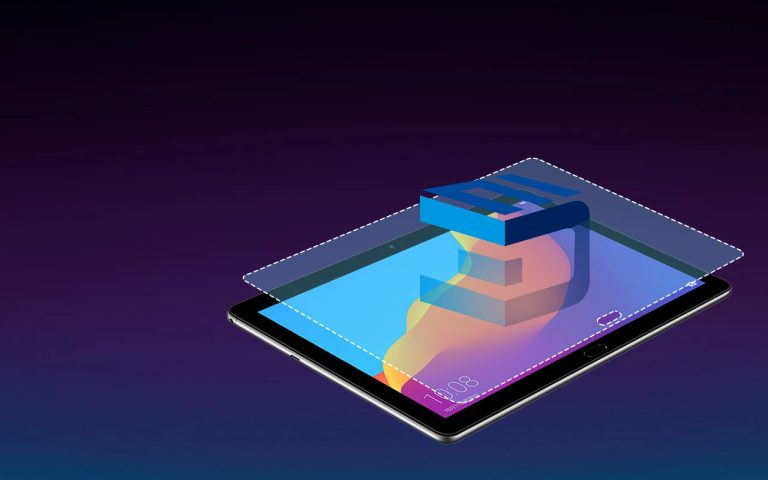In the field of optical imaging, two technologies are often discussed when it comes to capturing or displaying images: lens imaging and holographic imaging. While both aim to create visual representations of real-world objects, they differ significantly in principles, image depth, and technical implementation.
Companies like E3D have taken lens imaging a step further by using cylindrical lens arrays to enable glasses-free 3D (autostereoscopic) displays on LCD screens, opening up new possibilities for immersive viewing. This article explores the fundamentals of each imaging method and compares their similarities and differences.
What Is Lens Imaging?
Lens imaging is a process of forming an image through the bending (refraction) of light as it passes through optical lenses. This is the foundation of how human eyes, cameras, microscopes, and projectors work. In traditional systems, a lens collects light from a scene and focuses it onto a flat surface, like a sensor or screen, producing a 2D representation of the 3D environment.
However, lens imaging is not limited to flat displays. Modern innovations, such as E3D’s cylindrical lens technology, expand the capabilities of lens imaging by enabling glasses-free 3D displays.
These cylindrical lenses are arranged over an LCD screen to direct different images to each eye, creating a strong sense of depth without needing special glasses. This approach is a type of lenticular lens array, a well-established but evolving method for achieving autostereoscopic effects.
Advantages of E3D’s Lens-Based 3D Technology:
- Delivers real-time 3D visuals without eyewear.
- Compatible with standard LCD panels.
- Lightweight and cost-effective compared to full holographic systems.
- Ideal for mobile devices, advertising, gaming, and professional visualization.
What Is Holographic Imaging?
Holographic imaging, by contrast, uses interference and diffraction to capture both the intensity and phase of light waves. It requires a coherent light source (like a laser) and records the full 3D light field of an object. A hologram can later be illuminated or computationally processed to reconstruct a life-like 3D image that appears to float in space.
Holography offers true depth and parallax, meaning the observer can move around and see different angles of the object. However, it typically requires more complex hardware, precise lighting, and high computational power for digital reconstruction.

Similarities Between Lens and Holographic Imaging
While lens imaging and holographic imaging operate on different principles, they share some functional and structural similarities:
| Aspect | Lens Imaging | Holographic Imaging |
| Purpose | Image formation and visualization | Image formation and visualization |
| Use of optical components | Yes (lenses, arrays) | Yes (lenses, beam splitters, lasers) |
| Visual display output | Yes | Yes |
| Digital processing | Supported | Supported |
| 3D capability | With lens array (e.g., E3D) | Native in holography |
Differences Between Lens and Holographic Imaging
Below is a table highlighting the main differences between the two technologies:
| Feature | Lens Imaging (e.g., E3D) | Holographic Imaging |
| Principle | Refraction and geometric optics | Interference and wave optics |
| Light information | Captures intensity (brightness) | Captures intensity + phase |
| Image depth | 3D is possible using lens arrays | Fully 3D with depth and parallax |
| Equipment complexity | Moderate (compatible with LCD screens) | High (requires lasers and sensitive materials) |
| Real-time capability | Yes (with cylindrical lenses) | Often limited by computational needs |
| Practical application | Displays, mobile 3D, signage | Research, medical, data storage, holograms |
Conclusion
While both lens imaging and holographic imaging aim to bring the world to life through visuals, they do so using very different methods. Lens imaging, especially with cylindrical lens technology as developed by E3D, offers a practical and scalable solution for delivering 3D content to users without the need for glasses or complex setups.
In contrast, holographic imaging provides a higher level of realism but comes with challenges in cost, complexity, and usability. With technologies like E3D’s autostereoscopic displays, lens-based systems continue to evolve, bridging the gap between 2D screens and immersive 3D experiences in everyday applications.





